So you’ve taken the leap and purchased a rental property. You’ve decided to make a huge investment, and you’re hoping it will pay off. As a property owner, you understand that signing the dotted line is just a portion of your duties. The old adage, “If you build it, they will come” doesn’t necessarily apply when it comes to real estate. In today’s competitive travel and hospitality industry, you’re expected to market your property well enough to attract to the masses.
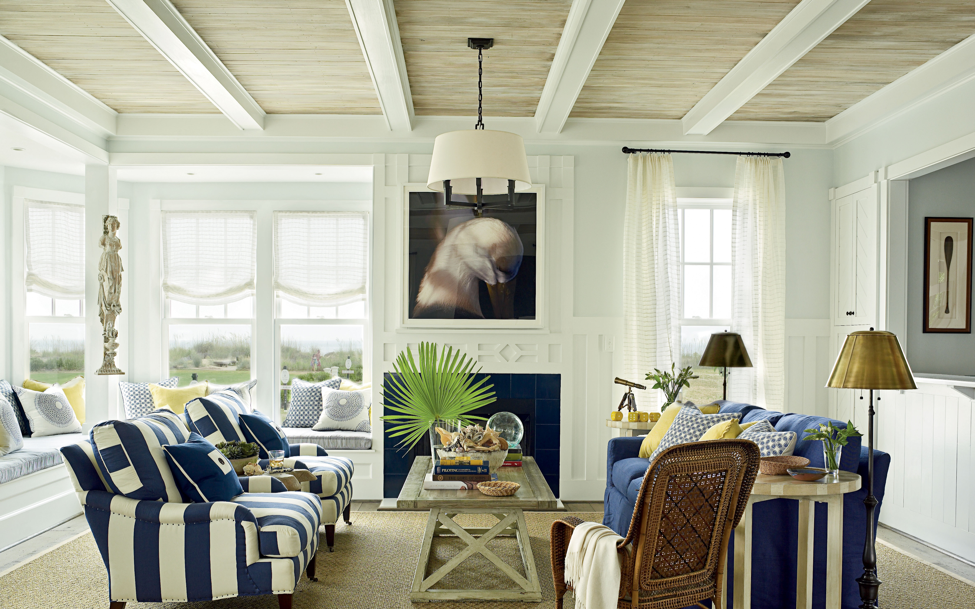
Photo Source: https://img1.coastalliving.timeinc.net/sites/default/files/image/2016/10/main/ideahouse1011_01.jpg
Whether you’re renting your property on Airbnb, Homeaway, or VRBO, one thing is certain: your real estate marketing has to be well-planned and well-executed to achieve desirable results.
There are many aspects of a good vacation rental marketing plan, but today we’ll focus on getting your property featured in magazines or online. You can achieve this by combining public relations with influencer marketing. Here’s how:
Reach Out To Blogs
Bloggers are constantly looking for new material, so when it falls into their laps, they’re some of the most receptive people to fresh content. When building your list of blogs to reach out to, be sure that you have a mix of local and national blogs, as well as both smaller and more well-known blogs. Every potential write-up is a backlink, and will contribute to building upon your SEO.
A simple Google search will help you get started. Search for “best blogs for [industry here]” and you’ll get plenty of results. Usually the first few links will offer some great insight. However, always check out the next few pages for smaller blogs. In the interior design space, Tumblr and Pinterest are also great resources for discovering bloggers that are perfect for your property. Another great thing about bloggers is that in many cases, they’re happy to provide analytical stats about how your feature is doing.
Check Out Editorial Calendars
Monthly magazines typically run on a schedule 3-4 months ahead of time. Then you have your publications that go to print quarterly or just twice per year. However, many of the printed publications have an editorial schedule that lists the “theme” of upcoming issues. Even some online sites have public editorial calendars as well.
Advertisers use these calendars to decide which issues their ads will appear in, while public relations professionals, writers, and businesses use them to pitch their products, services, and story ideas based on what the magazine is covering at any particular time. If you plan on creating an exhaustive list, consider signing up for a membership with a site like MediaBistro or TinShingle, where you have access to hundreds of editorial calendars in one database.
If you have the time to do the leg work on your own, you can search for individual media calendars independently. In many cases, you can find the editorial calendar at the bottom of the magazine’s website under the heading “Media Kit” or “Advertising.” For example, when you scroll to the bottom of Coastal Living’s website, their “Advertising” page leads you to various media kit info, including the Coastal Living 2018 Editorial Calendar. From here, you can see what they’ll be featuring every month for the rest of the year and can submit your home for inclusion during the most relevant time.
You can also go straight to the publisher’s website (Hearst, Conde Nast, and Time INC. are all publisher examples), where they usually house relevant calendar lists.
Do Your Background Research
In addition to looking into the editorial calendar, you’ll need to do your research on the magazine or online site you’d like to be featured in. This means looking at a few issues or reading several blogs to gain an understanding of what they tend to feature. Part of the research involves finding the appropriate contact. Lifestyle magazines, for example, cover a wide range of topics, so it’s necessary to locate the best person to reach out to.
Start An Instagram For Your Property
Instagram is such a powerful platform for property owners because there are ample opportunities for good design and photography. To begin, take a look at what other property owners are doing with their Instagram profiles.
Tiffany, who owns “The Beach Lodge” in California, renovated her 1971 property in 2015 and has used Instagram to sell it since. Even during low-peak months like January, she’s fully booked. Each week, she posts several shots that exemplify the beach vacation experience. She strategically stages the house, mixing up textiles and curiosites to capture the perfect photo. Even when she photographs the same room over and over again, she still finds ways of making it look new.
You can also tag items you’ve purchased that are featured in the photo, which encourages engagement and helps you become a reliable source for interior design and decorating.
Initiate An Instagram Influencer Strategy
Working with influencers allows you to leverage the audiences of someone who’s already established credibility in a particular industry. Many property owners would be happy to offer a free stay in their space in exchange for favorable publicity.
Look for Instagram influencers in the following categories: lifestyle, travel, interior design, and real estate. You can easily grow a lengthy list. Use a tool like Grin to locate the most relevant influencers in your industry.
Craft An Angle
You should also create an angle for your story based on the editorial calendars and research you’ve conducted. Here are some angles to consider:
- The “Makeover,” “Transformation,” or “Restoration” angle. This is how Tiffany’s beach house was featured in Front + Main; they profiled an extensive “Before” and “After” story.
- Holiday seasons. Deck your home according to the holiday spirit, and use it to both angle your story and post some holiday-themed photos on your Instagram.
- There are entire magazines, blogs, and columns dedicated to organization. If you’re found a crafty way of organizing a room in your home, showcase it.
- Interior theme. Perhaps you’ve decorated your home with a nautical theme. A magazine like Coastal Living would be appropriate. Or, if you’ve invested in a log cabin, a magazine like Cabin Life or Log Home would work well.

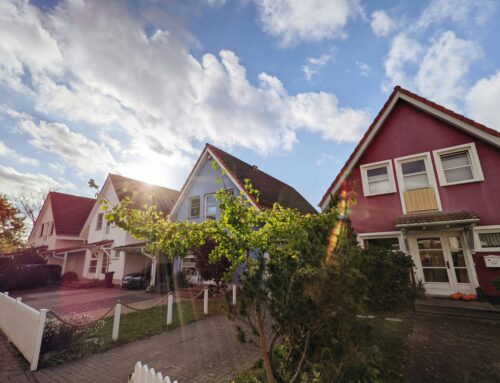
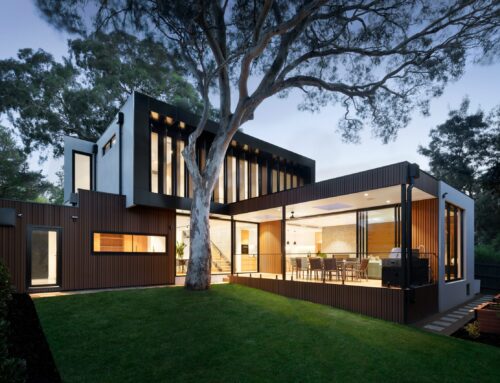

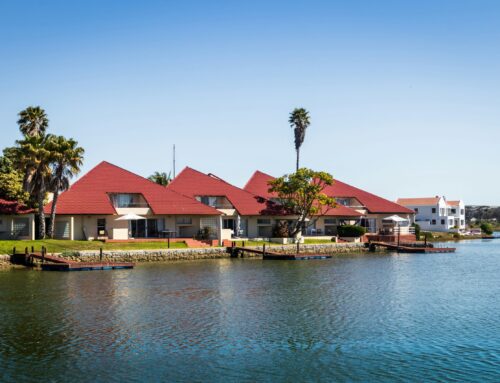
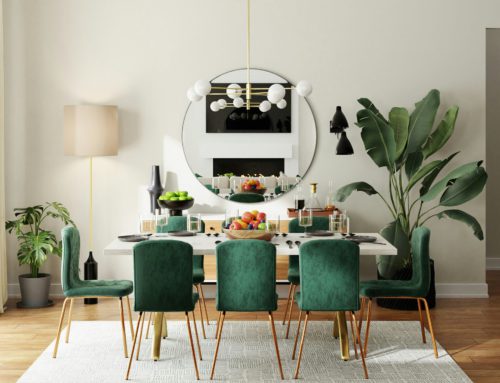
Leave A Comment